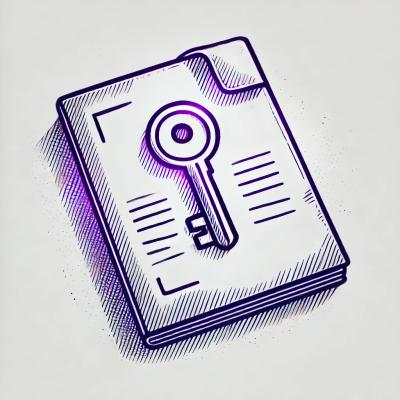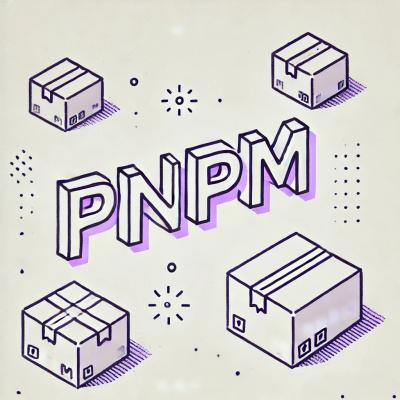go-secure-api
Project Scope
This project focuses on building a small, cloud-native API service using Go, deployed on Kubernetes, with OAuth2 for authorization. The goal is to practice developing a scalable, secure API in a distributed cloud environment with modern security protocols and infrastructure automation.
Set Up and Build API Service in Go
- Set Up Development Environment:
- Install Go, Docker, and kubectl for Kubernetes.
- Install kind for local Kubernetes deployment.
- Develop the API Service in Go:
- Build a simple REST API service in Golang to store music song info.
- Implement routing, data handling, and basic error handling.
- TODO: Connect to a cloud database like MongoDB or PostgreSQL.
- API Security with OAuth2:
- Integrate OAuth2 for authentication, using Google OAuth 2.0 playground to get access tokens that can be verified with Google Token Info endpoint.
curl -X POST localhost:8080/songs -i -H "Content-Type: application/json" -H "Authorization: Bearer <access_token>" -d '{"title": "Monday","artist": "Leah Dou","rating": 4.5}'
- Protect specific API endpoints so only authenticated users can access them.
Containerization and Kubernetes Deployment
- Dockerize the Go Application:
- Write a Dockerfile to containerize the Go API service.
- Build and run the Docker container locally to ensure it works correctly.
- Set up a kind cluster.
- Create Kubernetes manifests for deploying the Go API service.
- Set up Horizontal Pod Autoscaler (HPA) to automatically scale the number of pods based on CPU usage.
# Install metrics-server, and then add "- --kubelet-insecure-tls" to `.containers.args`
kubectl apply -f https://github.com/kubernetes-sigs/metrics-server/releases/latest/download/components.yaml
Testing and Documentation
- Add unit tests for all the handlers package using Golang's testing package.
# To run the handlers tests
go test -v ./handlers
- Write a brief README to explain the steps of this project.



